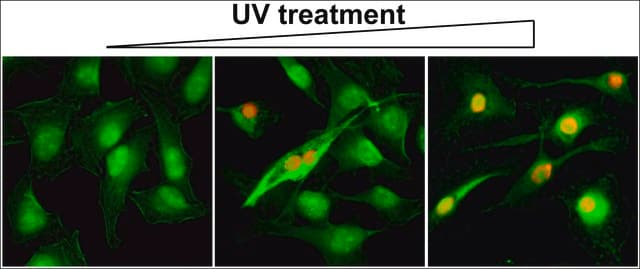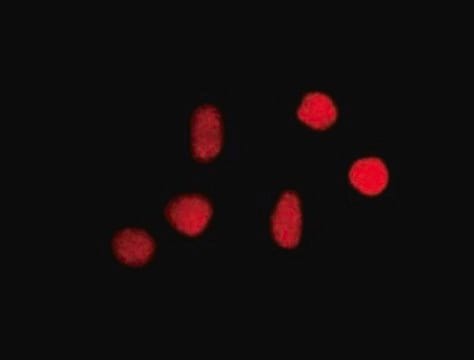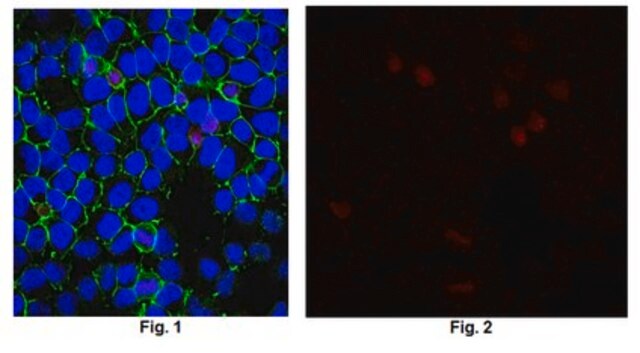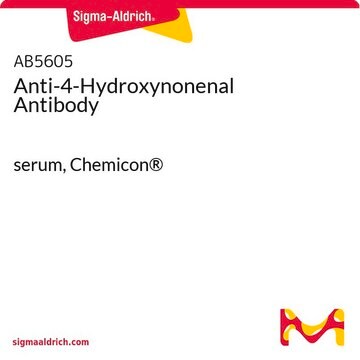SAB5200010
Monoclonal Anti-DNA/RNA Damage antibody produced in mouse
clone 15A3, 1 mg/mL, purified immunoglobulin
Sinônimo(s):
Anti-8 hydroxy guanine, Anti-8-OH-dG, Anti-8OHG, Anti-DNA/RNA Damage
Selecione um tamanho
R$ 2.929,00
Selecione um tamanho
About This Item
R$ 2.929,00
Produtos recomendados
fonte biológica
mouse
Nível de qualidade
conjugado
unconjugated
forma do anticorpo
purified immunoglobulin
tipo de produto de anticorpo
primary antibodies
clone
15A3, monoclonal
Formulário
buffered aqueous glycerol solution
concentração
1 mg/mL
técnica(s)
immunohistochemistry: 1:1000
immunoprecipitation (IP): suitable
indirect ELISA: suitable
Isotipo
IgG2b
Condições de expedição
wet ice
temperatura de armazenamento
−20°C
modificação pós-traducional do alvo
unmodified
Descrição geral
Especificidade
Imunogênio
Ações bioquímicas/fisiológicas
Características e benefícios
forma física
Exoneração de responsabilidade
Não está encontrando o produto certo?
Experimente o nosso Ferramenta de seleção de produtos.
Código de classe de armazenamento
10 - Combustible liquids
Classe de risco de água (WGK)
WGK 1
Ponto de fulgor (°F)
Not applicable
Ponto de fulgor (°C)
Not applicable
Escolha uma das versões mais recentes:
Já possui este produto?
Encontre a documentação dos produtos que você adquiriu recentemente na biblioteca de documentos.
Active Filters
Nossa equipe de cientistas tem experiência em todas as áreas de pesquisa, incluindo Life Sciences, ciência de materiais, síntese química, cromatografia, química analítica e muitas outras.
Entre em contato com a assistência técnica








